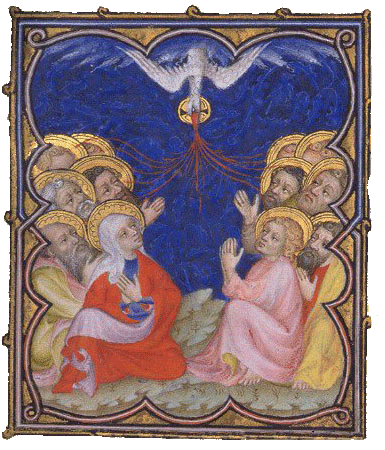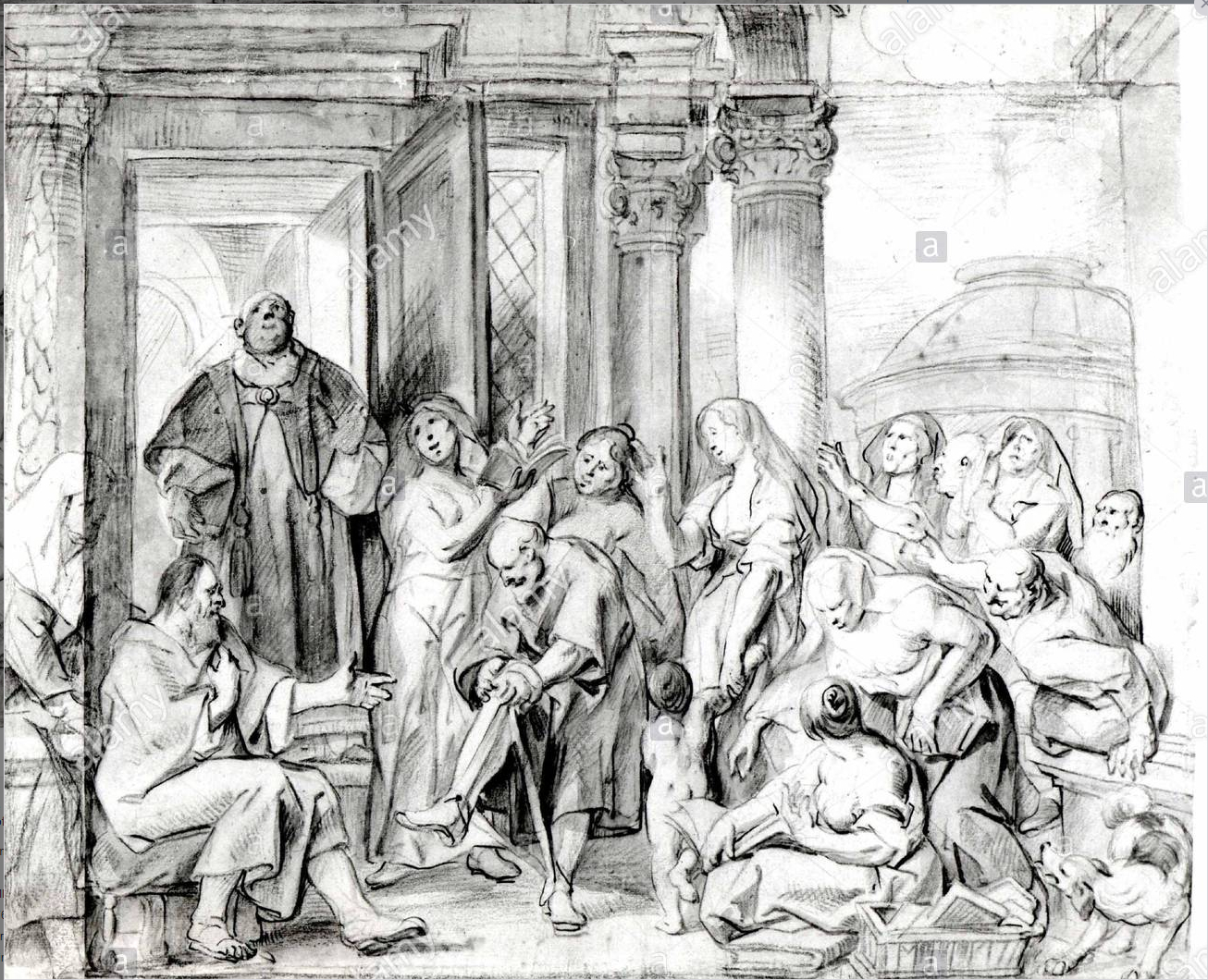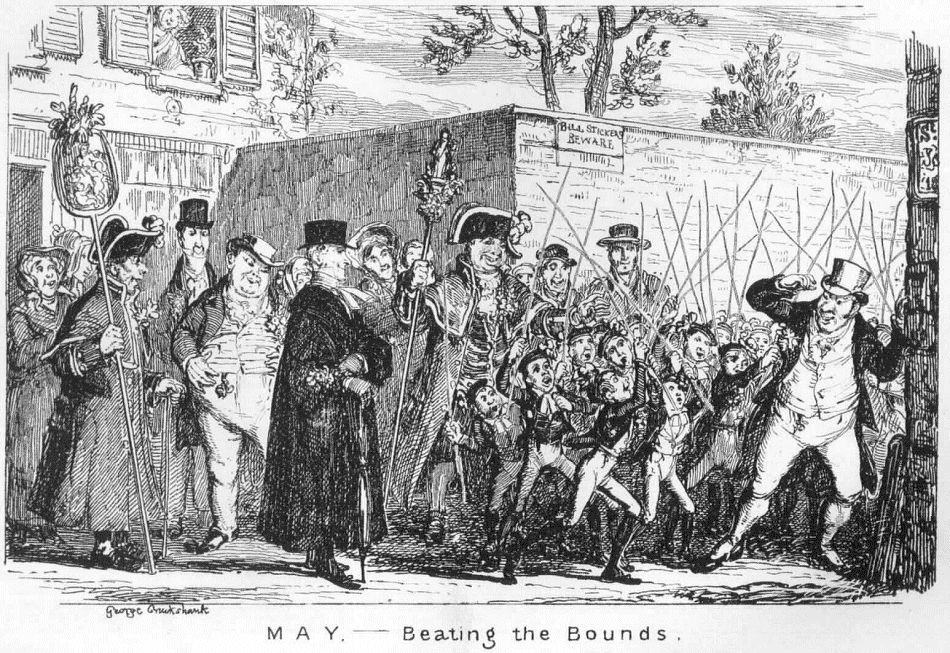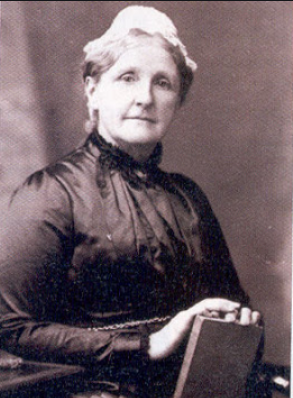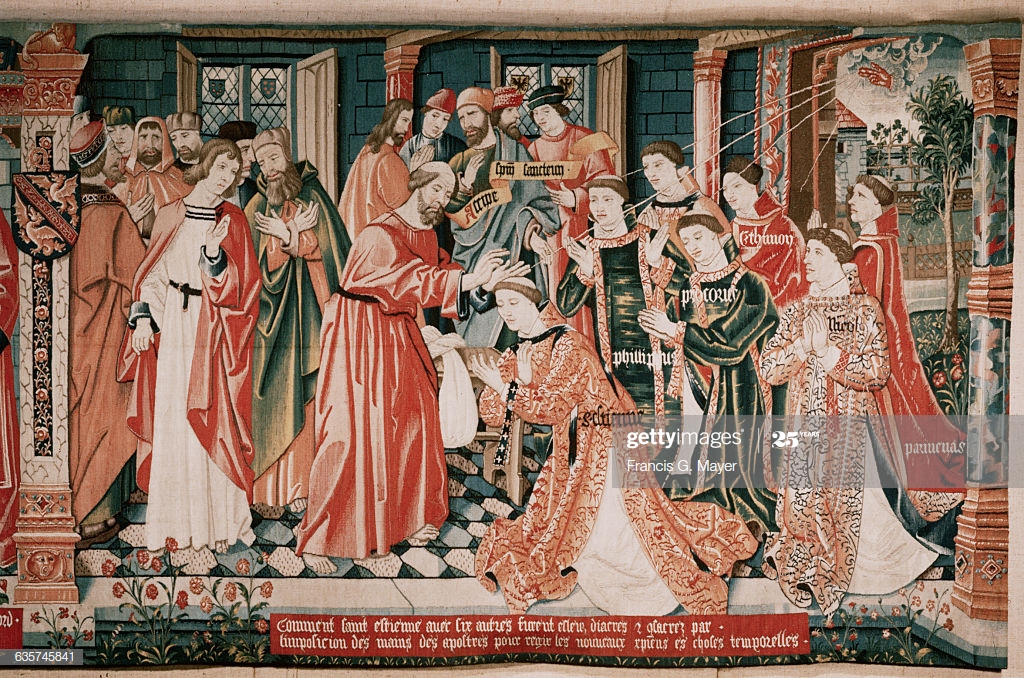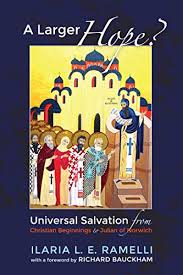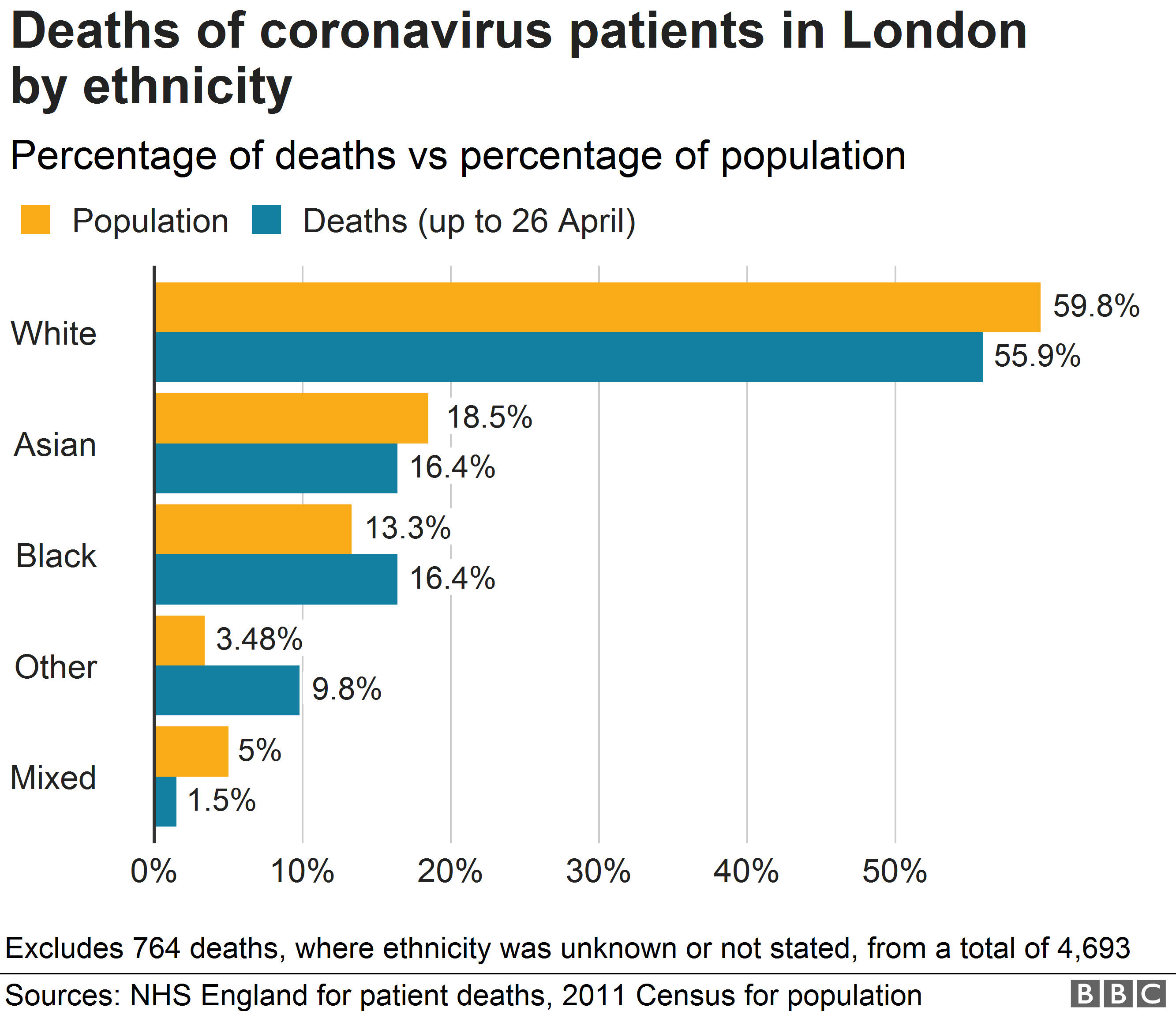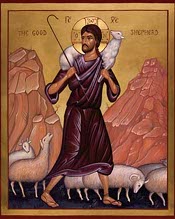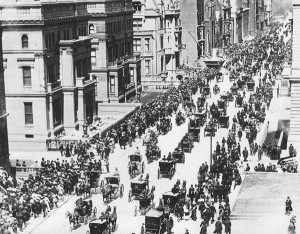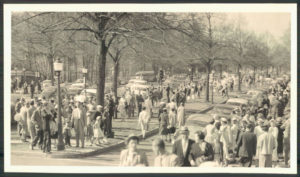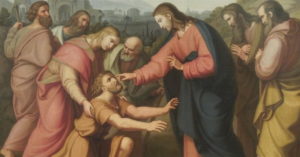Mount Calvary Church
A Roman Catholic Parish
The Personal Ordinariate of the Chair of St. Peter
Baltimore, Maryland
Rev. Albert Scharbach, Pastor
Dr. Allen Buskirk, Choir Director and Cantor
May 31, 2020
Whitsunday
__________________
Organ Prelude
Down Ampney, setting by Mark Sedio
_________
Organ Postlude
Prelude from Suite du Second Ton, Jean-Adam Guillaume Guilain
___________________
Common
Missa de S. Maria Magdalena, Willan
___________________
Anthems
Loquebatur variis linguis, Thomas Tallis (1510-1585)
Loquebantur variis linguis Apostoli magnalia Dei, prout Spiritus Sanctus dabat eloqui illis, alleluia. Repleti sunt omnes Spiritu Sancto, et coeperunt loqui.
The Apostles spoke in many languages of the great works of God, as the Holy Spirit gave them the gift of speech, alleluia. They were all filled with the Holy Spirit and began to speak.
Loquebantur variis linguis is an example of a polyphonic responsory as established by Taverner: both Tallis and Sheppard contributed a number of pieces to the genre. This motet for Pentecost (as with most responsories by Tallis) places the cantus firmus in the tenor part whilst the other six parts weave a vigorous web of polyphony around it culminating with a fulsome setting of the word ‘Alleluia’.
__________
Factus est repente, William Byrd (1540-1623)
Factus est repente de coelo sonus, tamquam advenientis spiritus vehementis ubi erant sedentes, alleluia; et repleti sunt omnes Spiritu Sancto, loquentes magnalia Dei, alleluia, alleluia.
Suddenly there came a sound from heaven, as of a mighty wind coming where they were sitting, alleluia; and they were all filled with the Holy Spirit, speaking the wonderful works of God, alleluia, alleluia.
___________________
Hymns
Come down, O Love divine (DOWN AMPNEY) is a translation by Richard Littledale (1833-1890) of a laude of Bianco of Siena (c. 1345-c. 1412). The text is intense—intensely personal and intensely passionate. The incipit (first line) invokes the Holy Spirit to “seek thou this soul of mine and visit it with thine own ardor glowing.” Classic images of Pentecost appear throughout the hymn, especially those that relate to fire. Stanza one mentions “ardor glowing” and “kindle . . . thy holy flame.” Stanza two continues the flame images with “freely burn,” “dust and ashes in its heat consuming.” The final stanza is a powerful statement of total commitment to love, to “create a place/wherein the Holy Spirit makes a dwelling.”
DOWN AMPNEY is a tune by Ralph Vaughan Williams, who named it after the village of his birth.
Come Holy Ghost, Creator Blest (MENDON) is a translation by Edward Caswall (1814-1878) of Hrabanus Maurus’s (756-856) Veni Creator Spiritus. Caswall was an Anglican clergyman who became a Catholic and joined Newman at the Oratory. MENDON is a traditional German tune.
